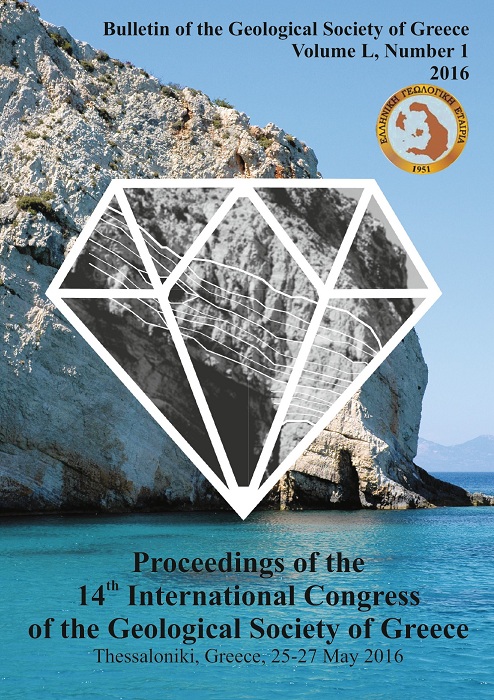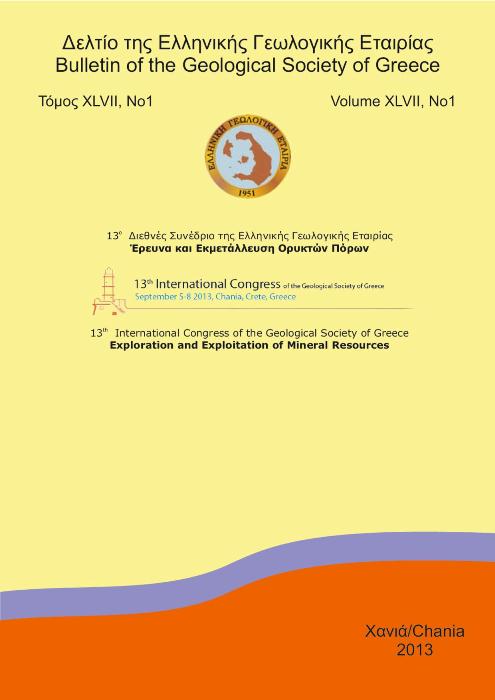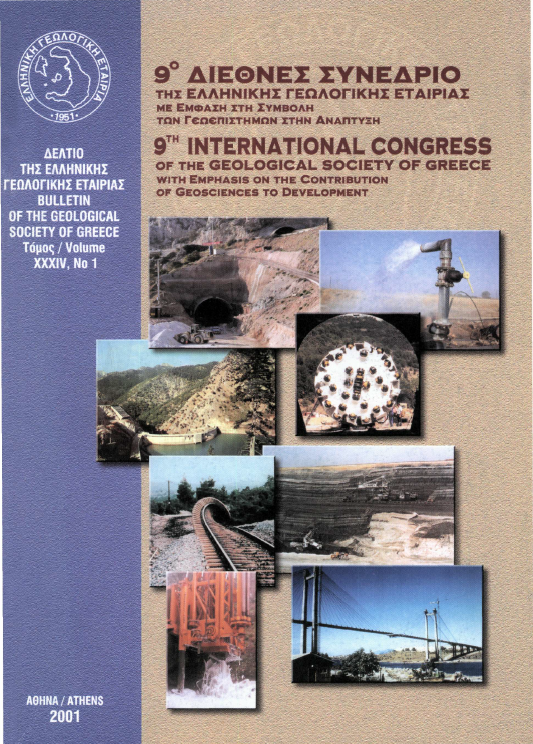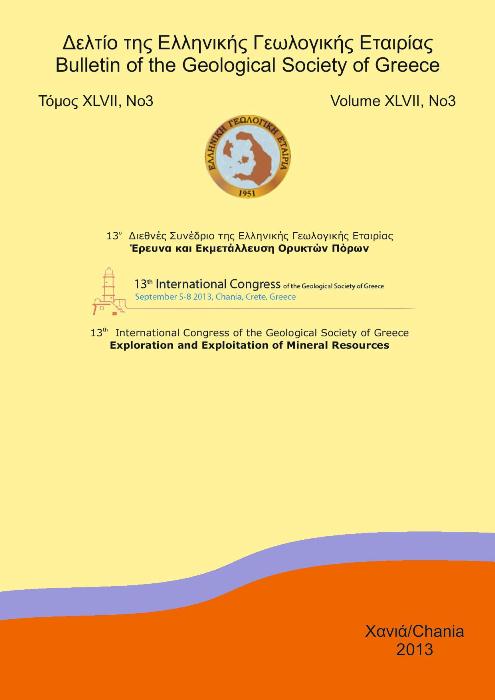EARTHQUAKE TRIGGERING EFFECT SCENARIOS DURING THE 2014 SEQUENCE IN CEPHALONIA AND 2015 EARTHQUAKE IN LEFKADA BROADER AREAS, IONIAN SEA, GREECE

Abstract
In this paper we defined the local complex fault system of the Cephalonia three strongest earthquakes (Mw6.1, Mw5.3 and Mw6.0) of the January-February 2014 sequence and the Lefkada mainshock (Mw6.4) on November 17, 2015, in order to investigate the fault interaction i) within the 2014 sequence, ii) between the 2014 sequence and the fault that produced the 2015 Lefkada event, and iii) the cumulative effects of all Cephalonia and Lefkada strong events on other neighbouring faults, by calculating the static stress changes. The Coulomb stress change calculations suggest a complex distribution pattern on most of the cases, with only exceptions the F4 fault (Lefkada earthquake), which seems to be barely loaded with stress after the Cephalonia 2014 events, and the “Assos-Skala” fault, which seems to be stress relieved after all Caphalonia 2014 and Lefkada 2015 events.
Article Details
- How to Cite
-
Sboras, S., Chatzipetros, A., Pavlides, S., Karastathis, V., & Papadopoulos, G. (2016). EARTHQUAKE TRIGGERING EFFECT SCENARIOS DURING THE 2014 SEQUENCE IN CEPHALONIA AND 2015 EARTHQUAKE IN LEFKADA BROADER AREAS, IONIAN SEA, GREECE. Bulletin of the Geological Society of Greece, 50(1), 540–551. https://doi.org/10.12681/bgsg.11754
- Section
- Geophysics and Seismology

This work is licensed under a Creative Commons Attribution-NonCommercial 4.0 International License.
Authors who publish with this journal agree to the following terms:
Authors retain copyright and grant the journal right of first publication with the work simultaneously licensed under a Creative Commons Attribution Non-Commercial License that allows others to share the work with an acknowledgement of the work's authorship and initial publication in this journal.
Authors are able to enter into separate, additional contractual arrangements for the non-exclusive distribution of the journal's published version of the work (e.g. post it to an institutional repository or publish it in a book), with an acknowledgement of its initial publication in this journal. Authors are permitted and encouraged to post their work online (preferably in institutional repositories or on their website) prior to and during the submission process, as it can lead to productive exchanges, as well as earlier and greater citation of published work.







